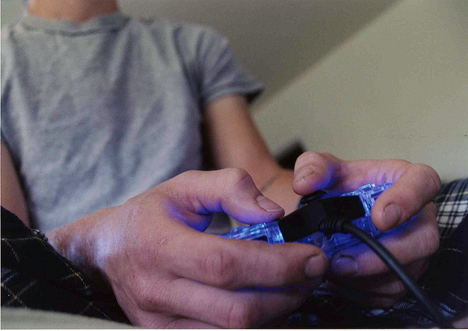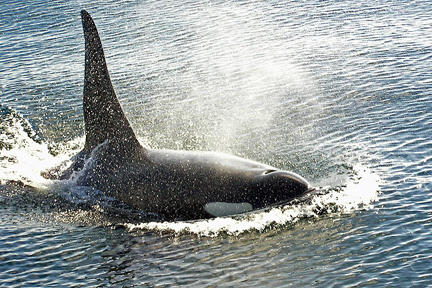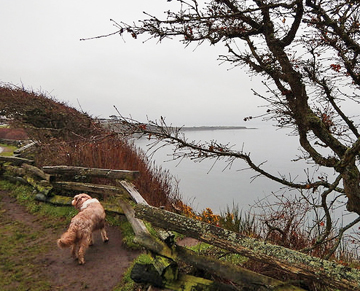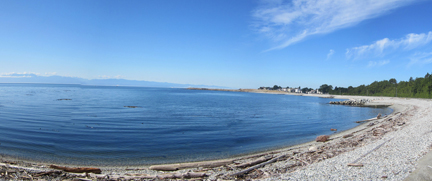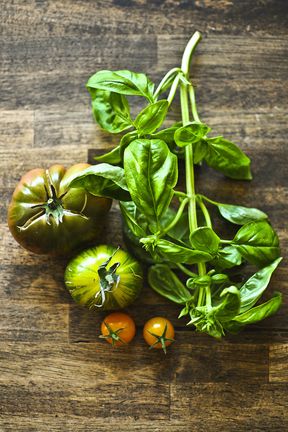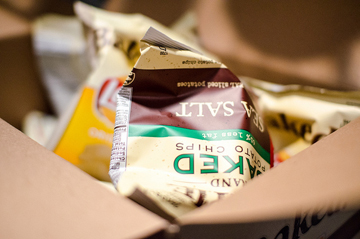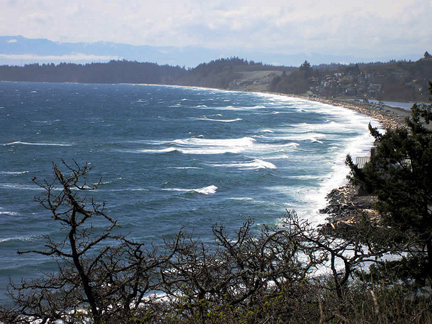Somehow, during the years when I mucked about with rocks and critters, and poked at bones of extinct species, being a geek became, well, cool.
I use the word “geek” with the great respect it deserves. My world is peopled by persons passionate about things odd or overlooked, by collectors of specimens, information and ideas, by those who make it their lives’ work to turn over rocks just to see what lies beneath, to grasp what is remarkable in it, and to remark on it. These people never outgrew the childhood need to ask “What?” ‘Why?” and “How?” that is stifled in so 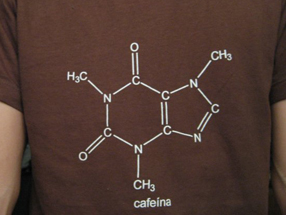 many others.
many others.
Sometime during the last 20 years, smart became the new black. Brainy people with focused, intense interests showed that thinking off-centre and poking about in odd corners can mean opportunity, vision and, sometimes—and of particular importance to how our society measures worth—wealth…
Read the rest of this editorial at the Victoria Times Colonist…


